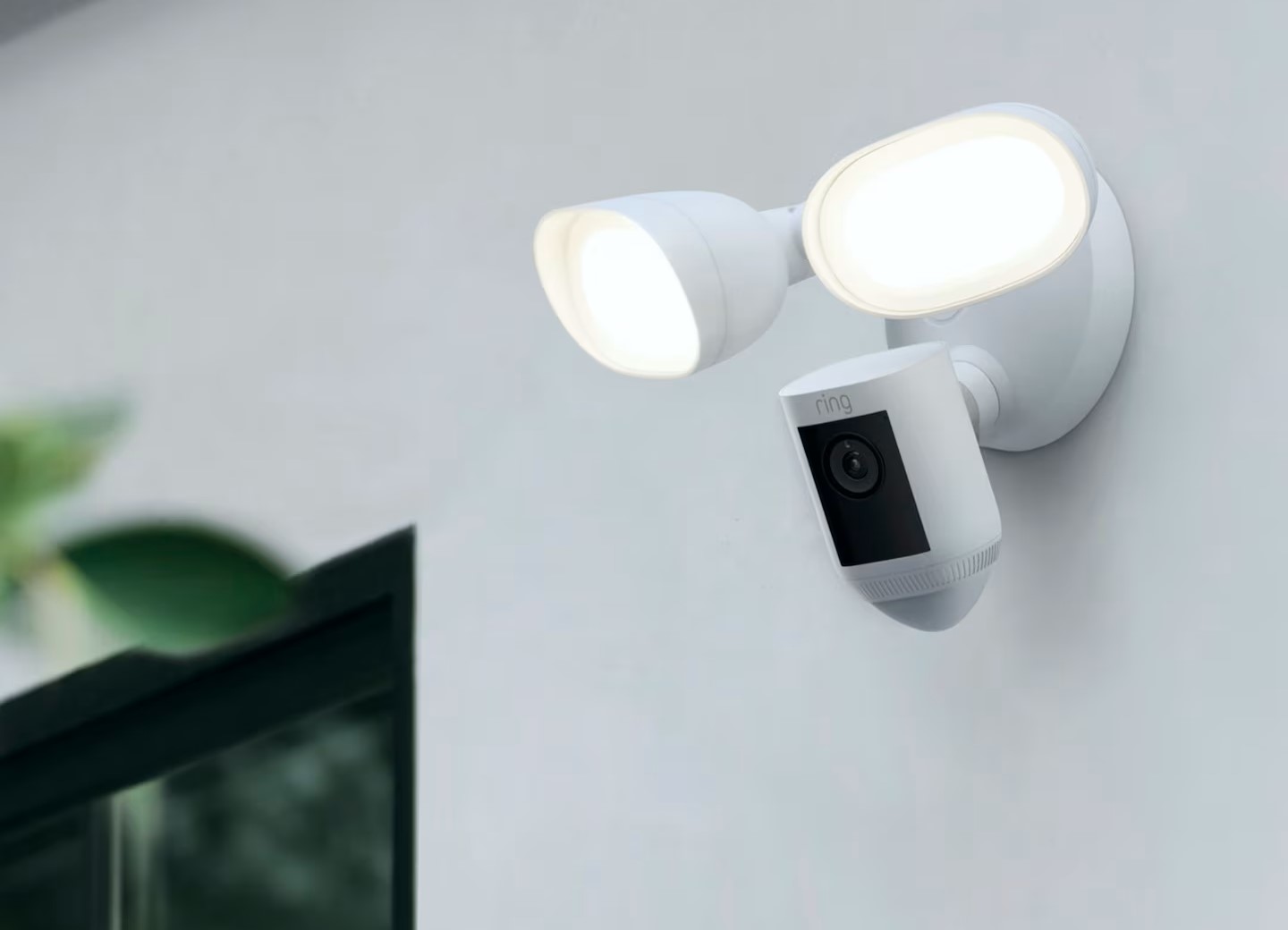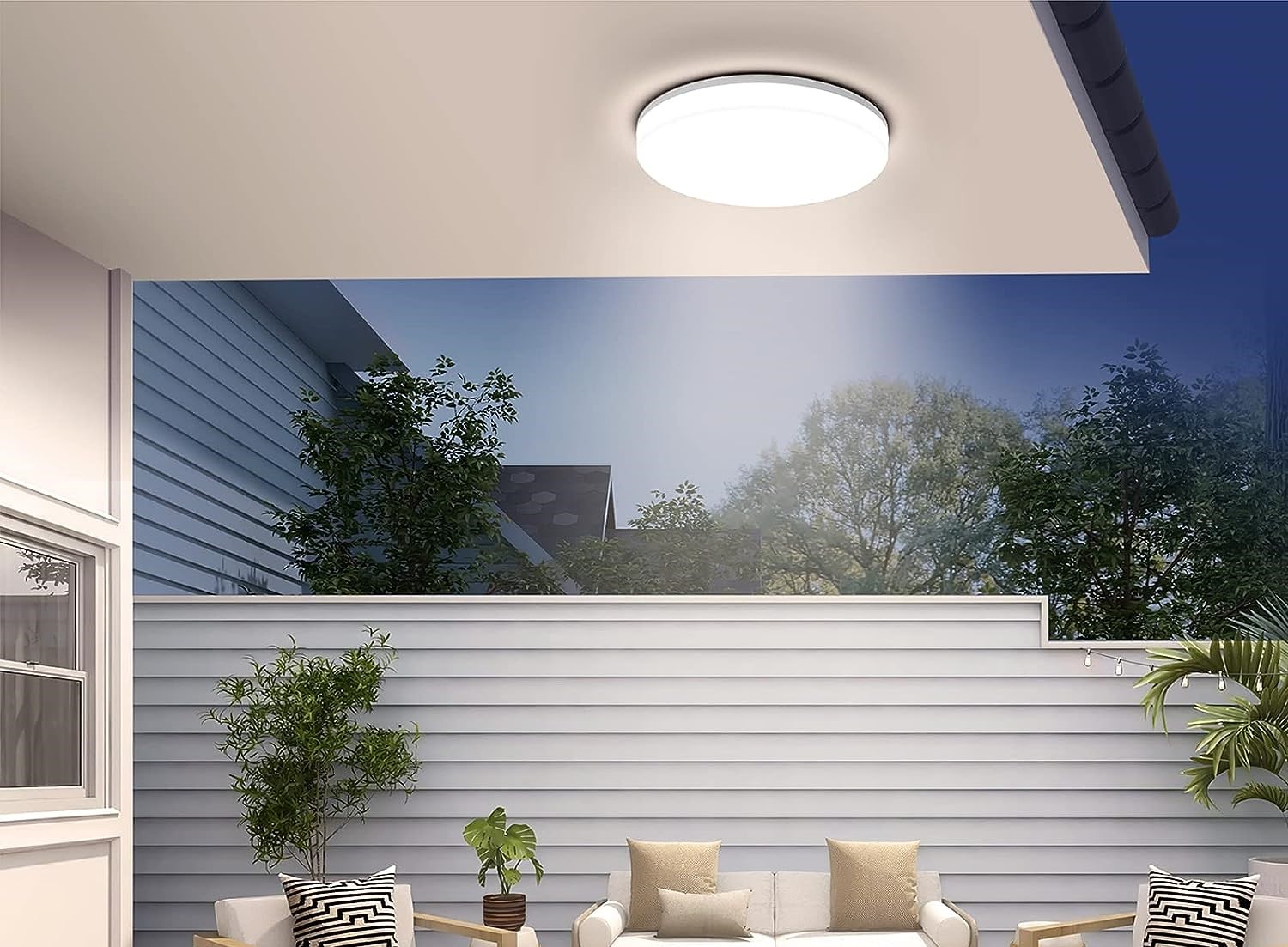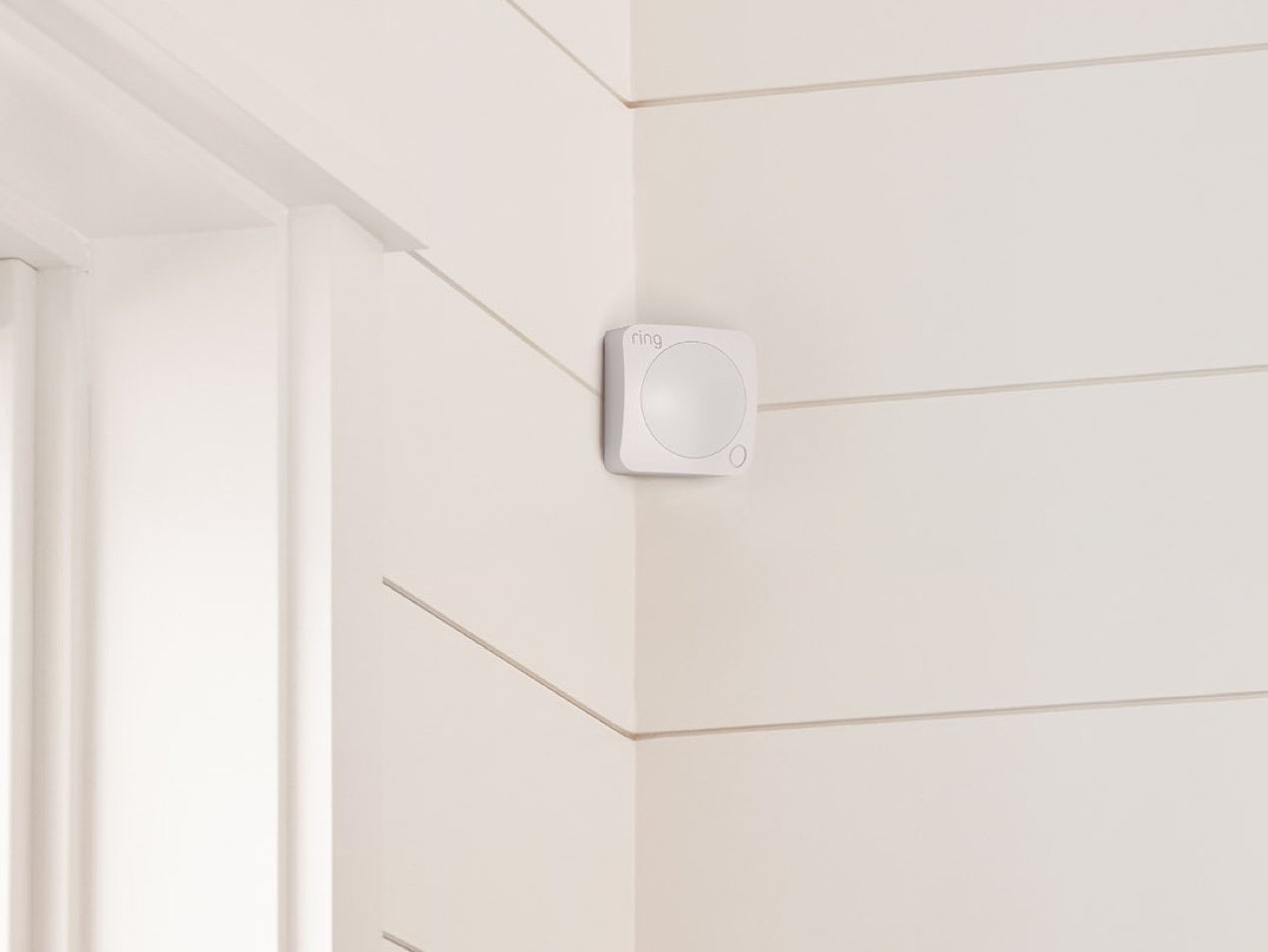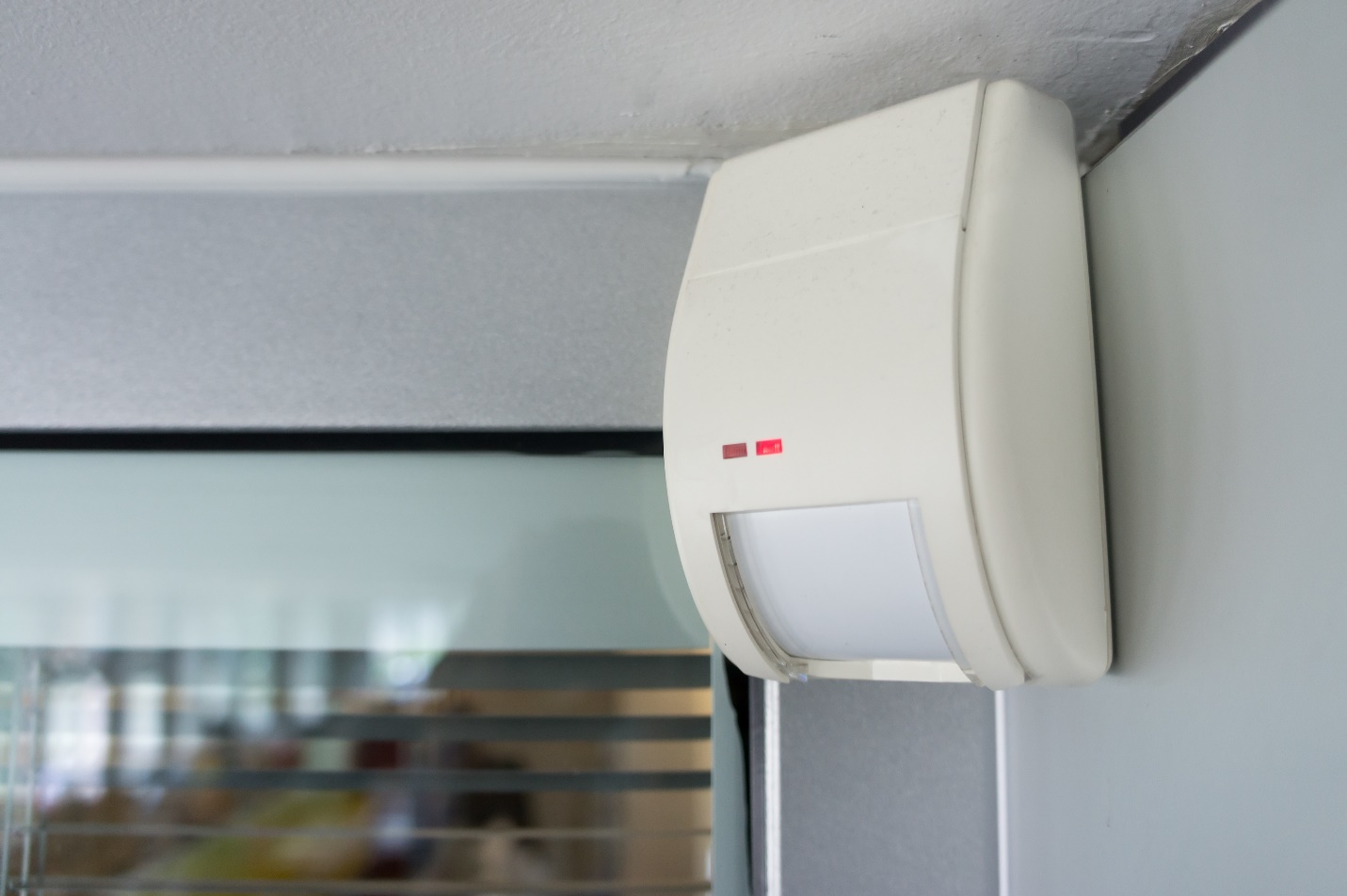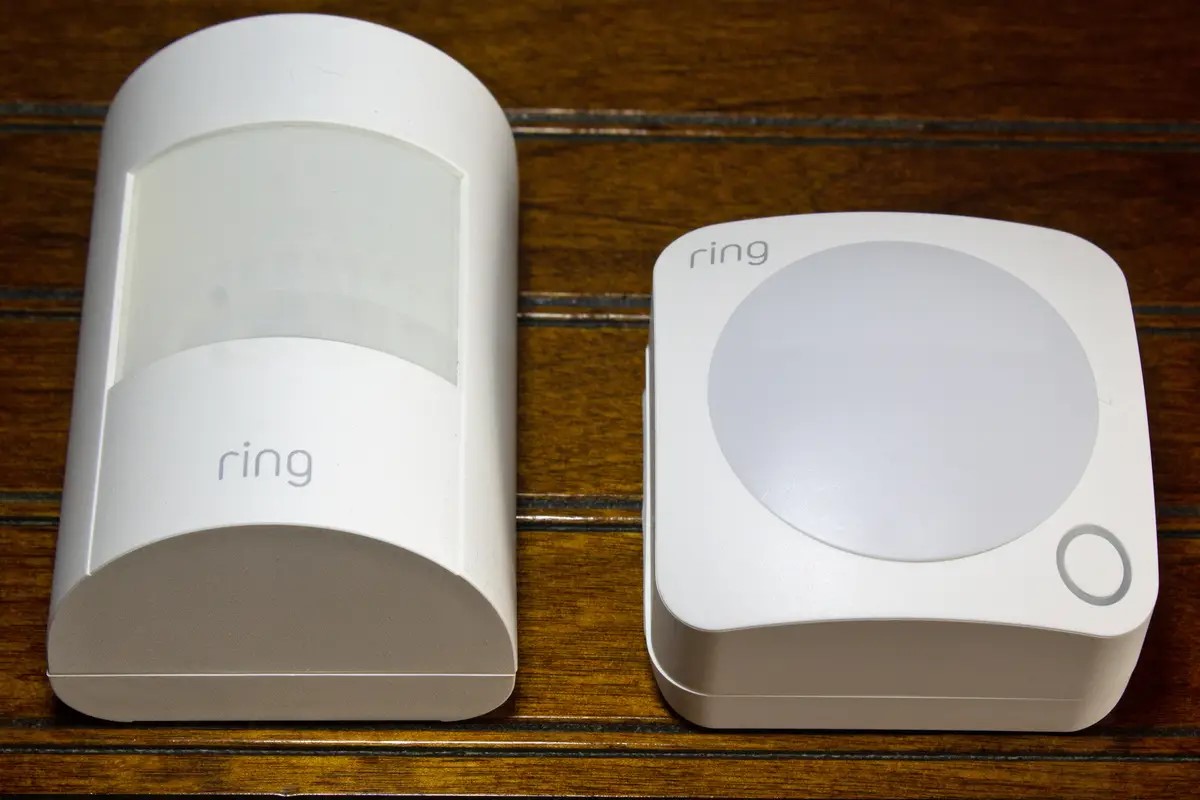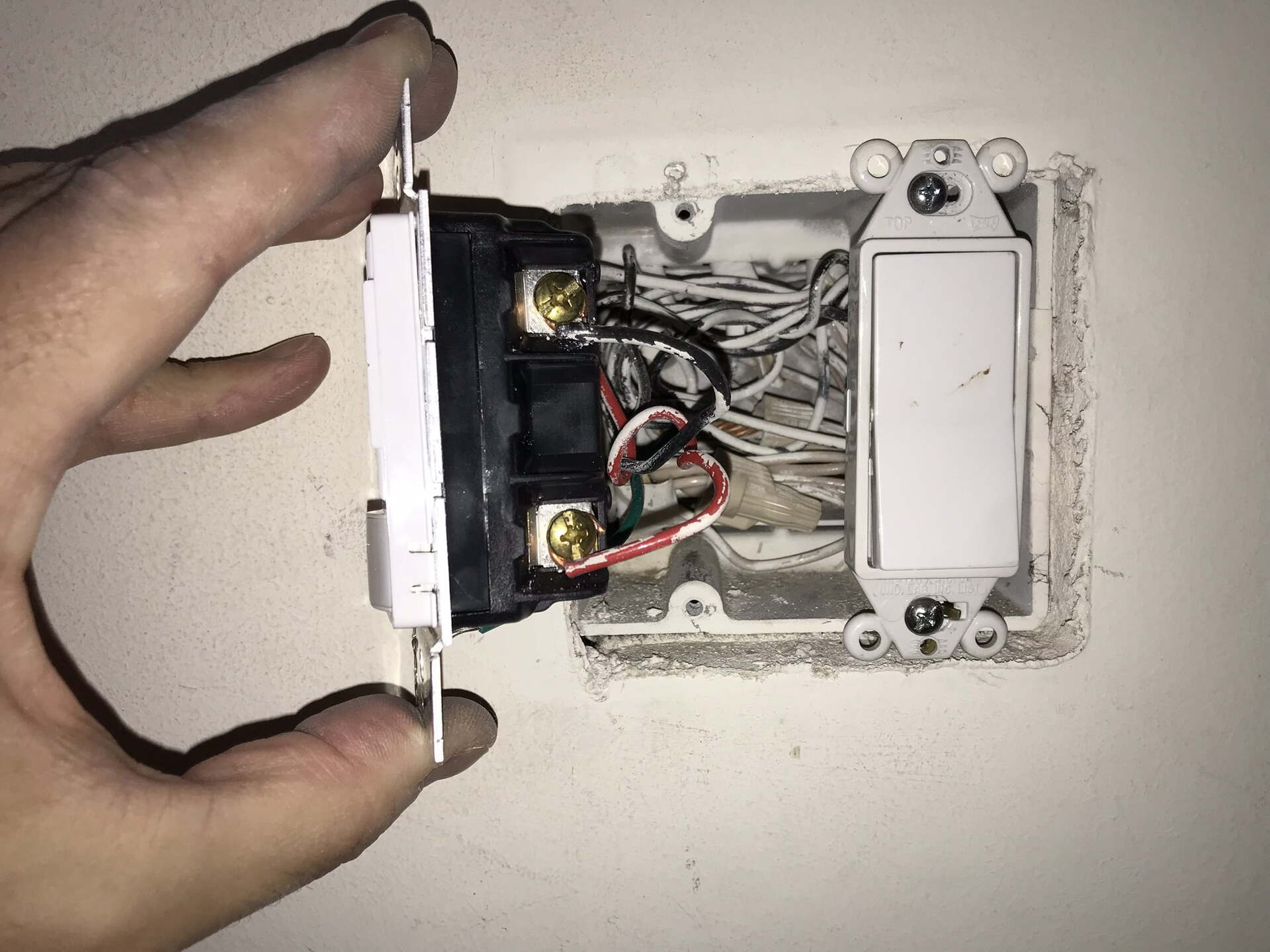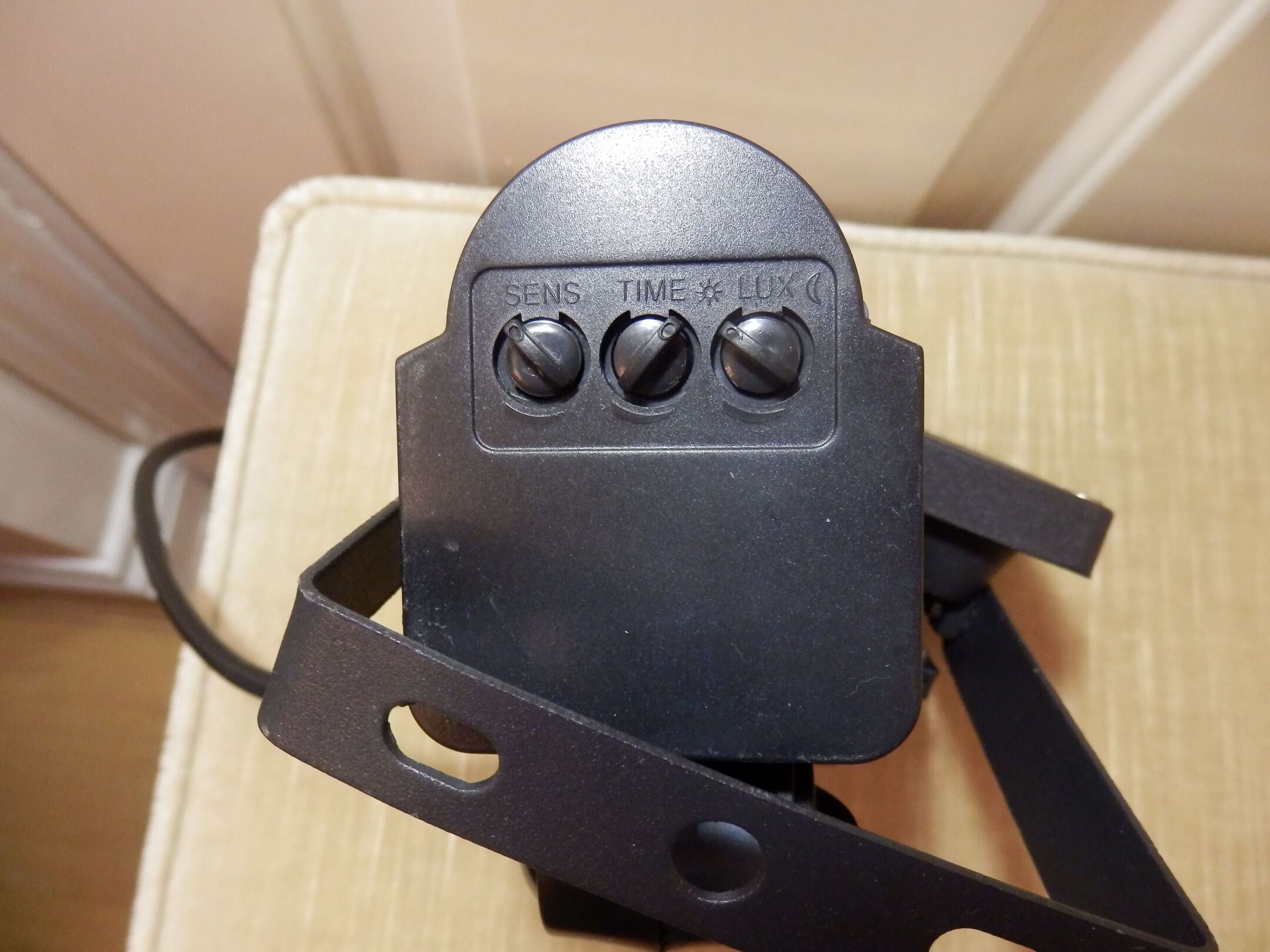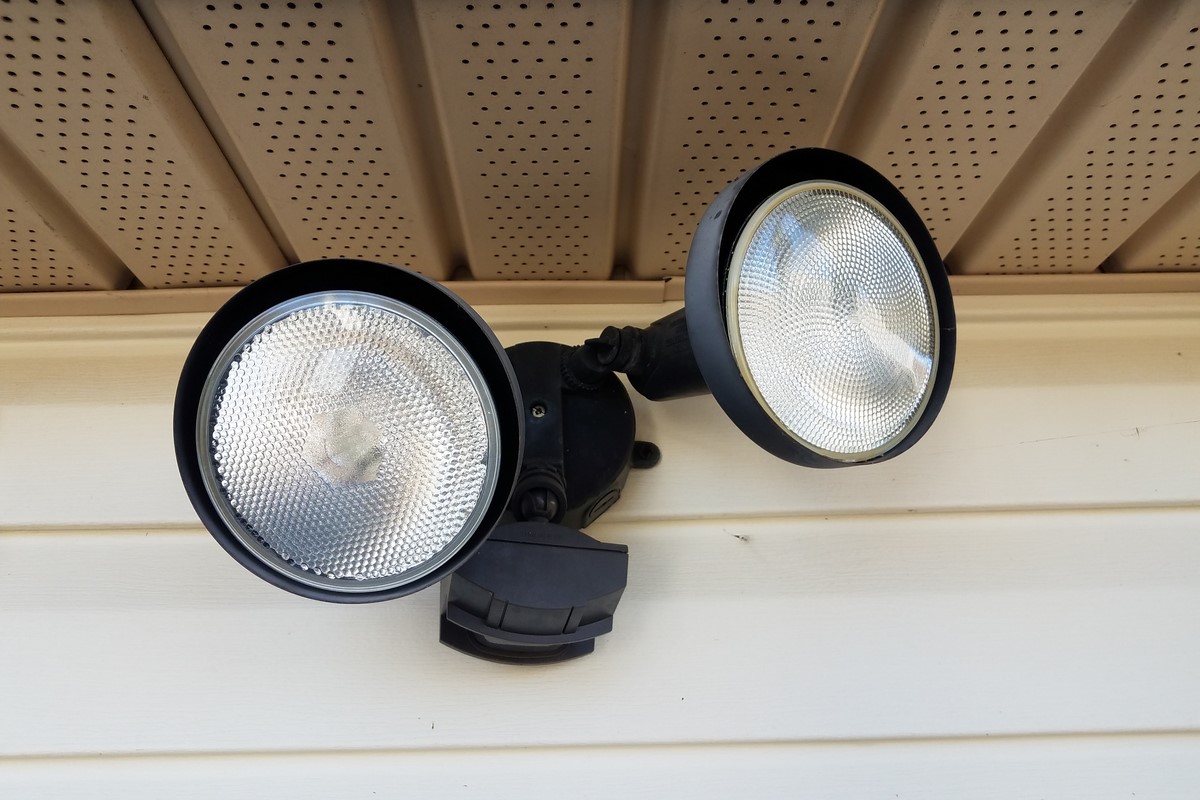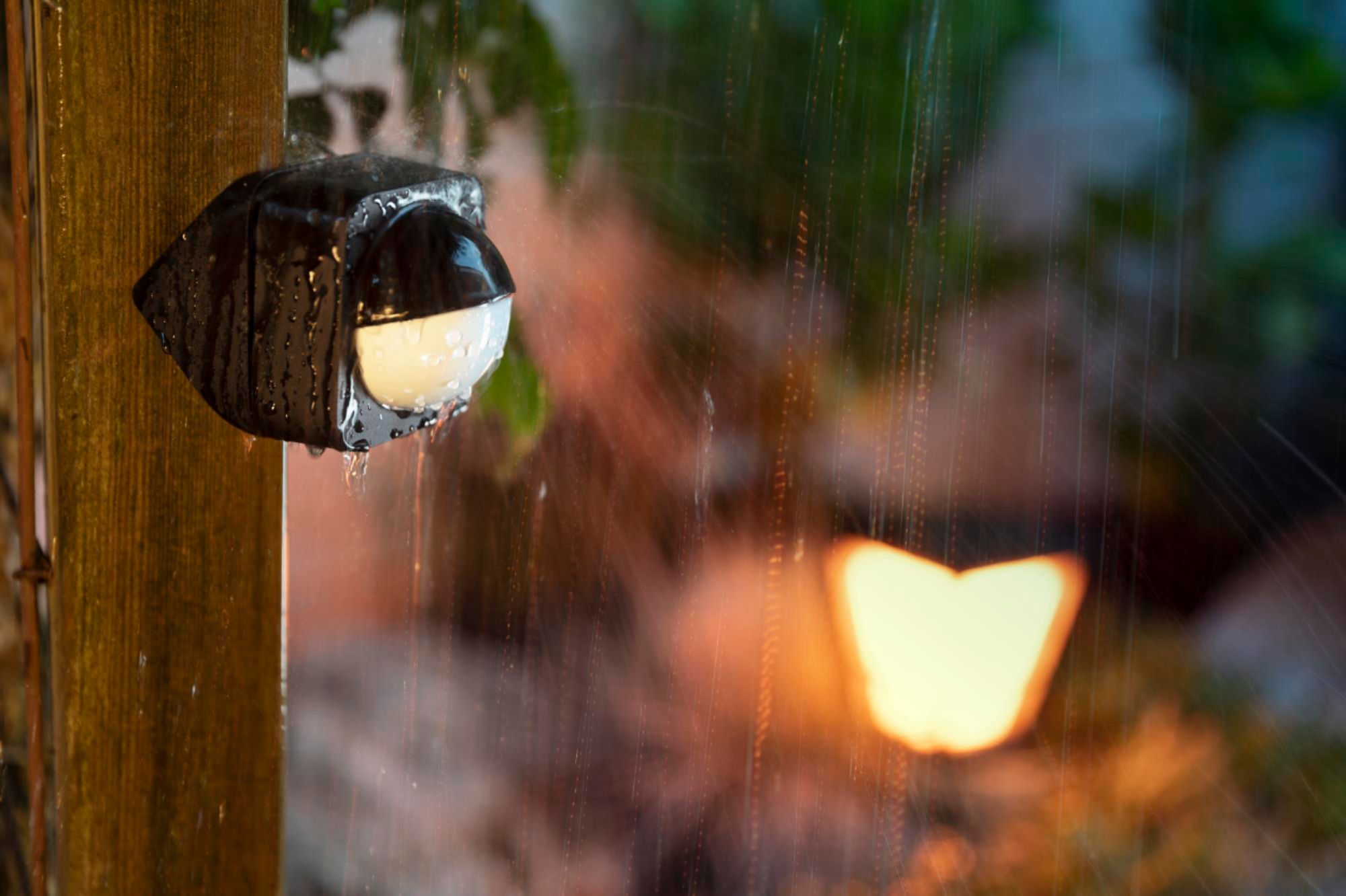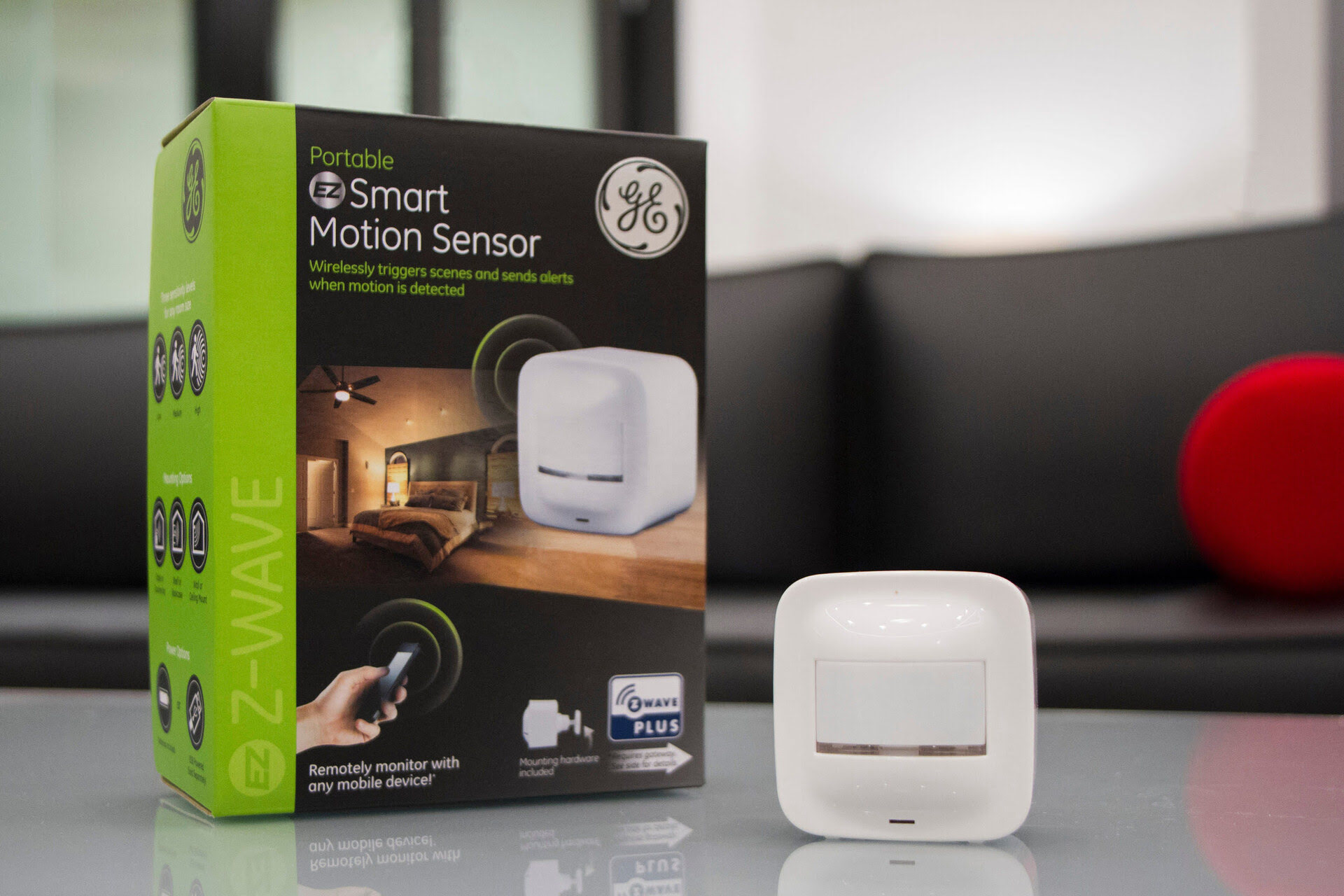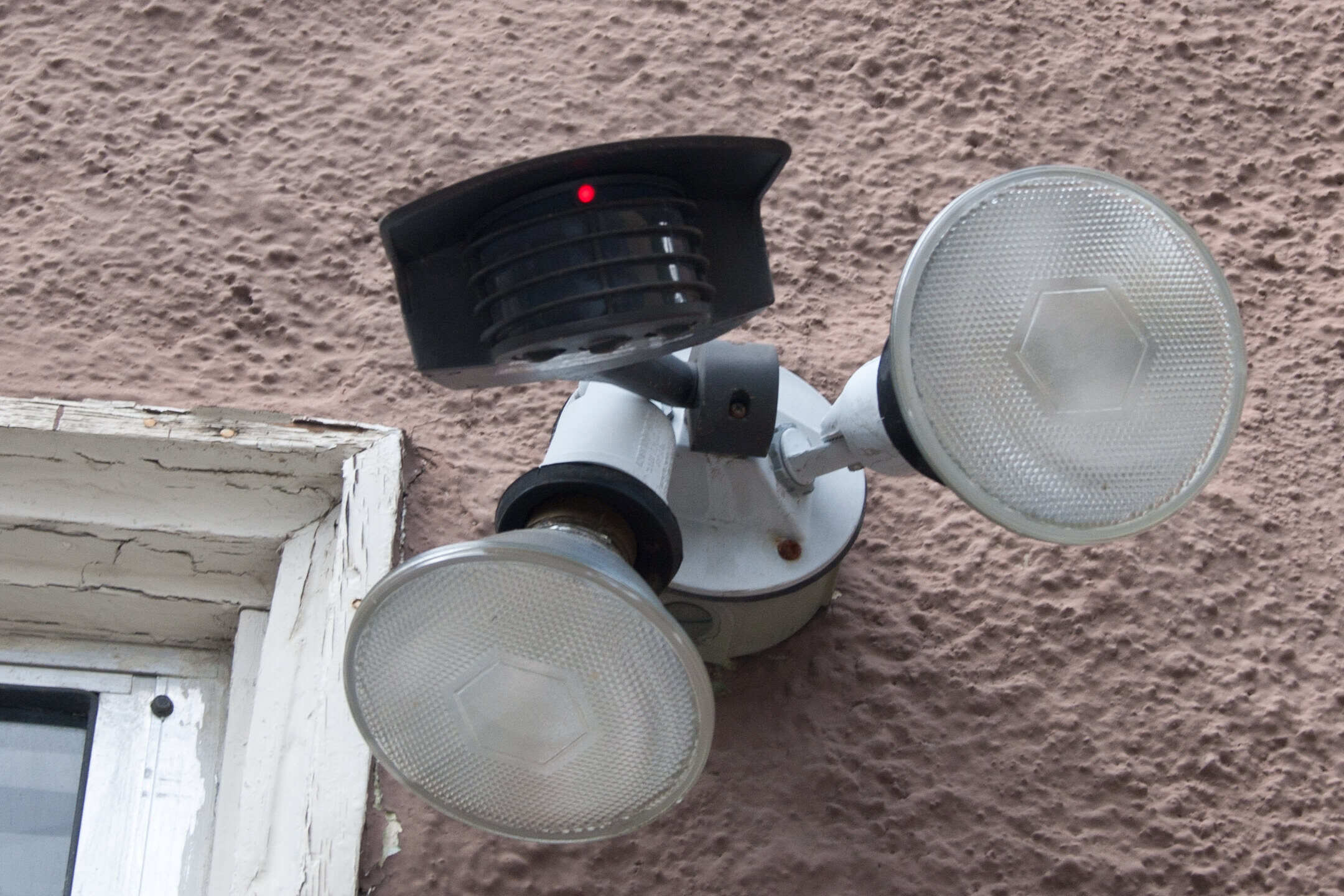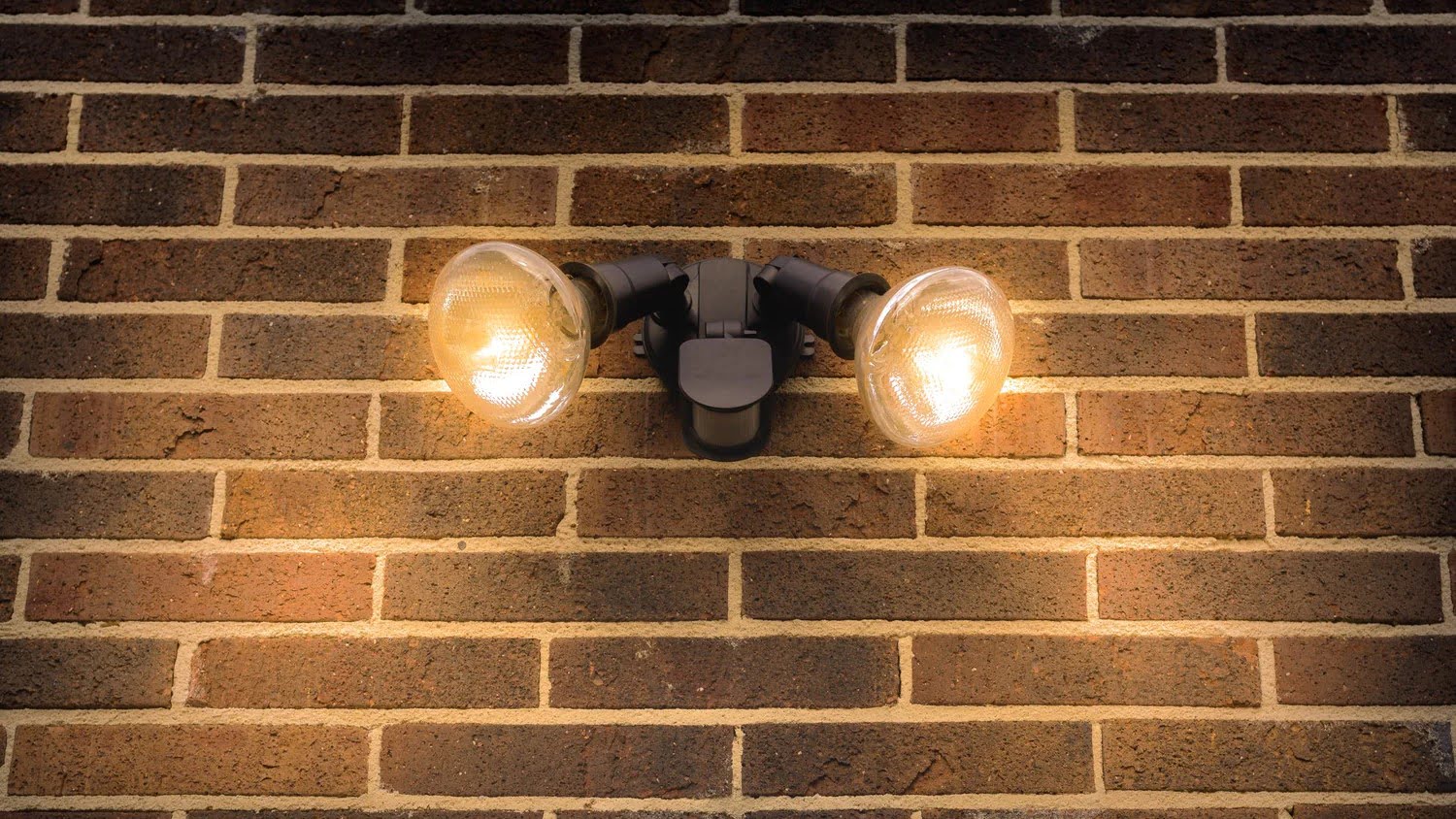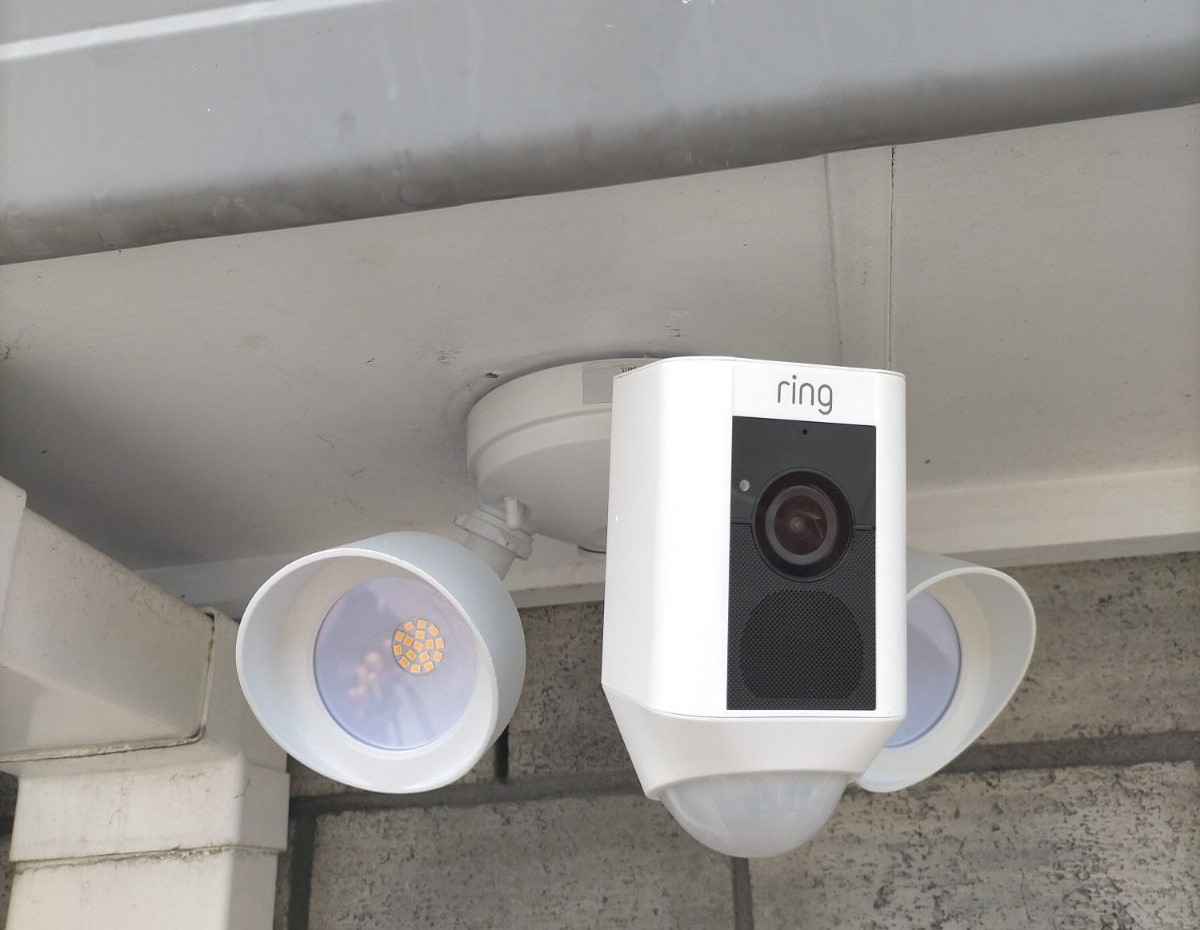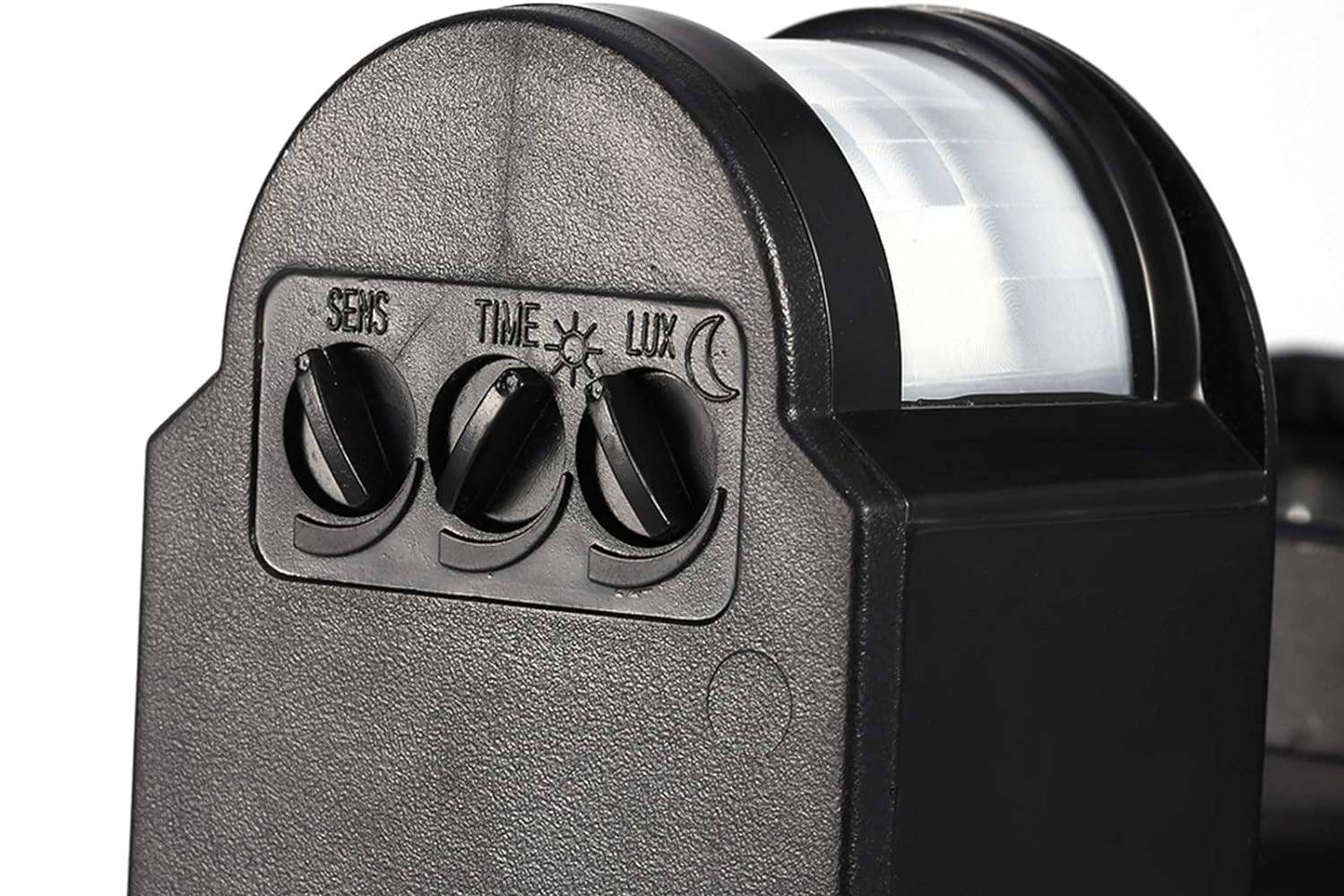Home>Home Security and Surveillance>Why Does My Motion Detector Light Remain On?
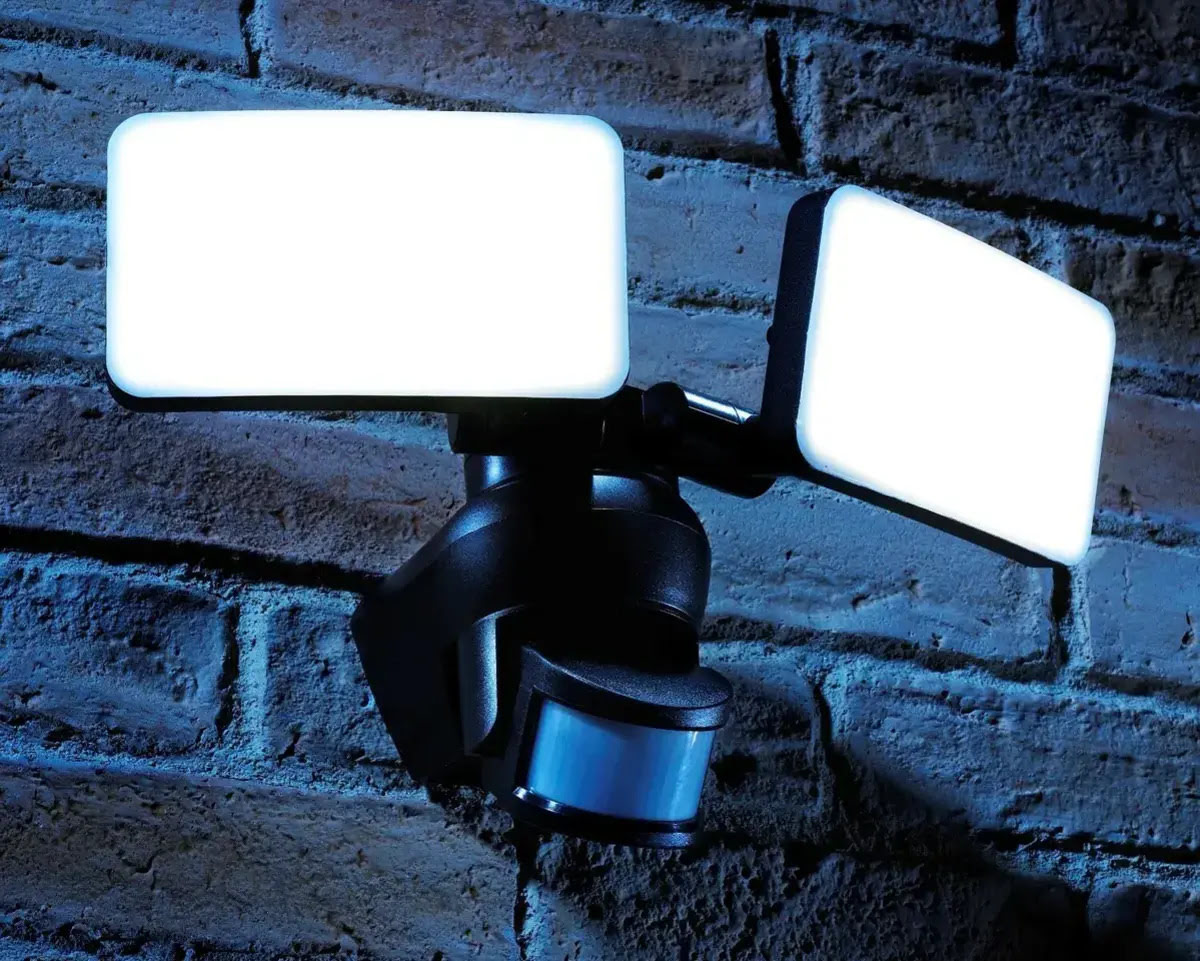

Home Security and Surveillance
Why Does My Motion Detector Light Remain On?
Modified: March 6, 2024
Find out why your motion detector light stays on and discover tips to fix it. Ensure home security and surveillance with proper lighting.
(Many of the links in this article redirect to a specific reviewed product. Your purchase of these products through affiliate links helps to generate commission for Storables.com, at no extra cost. Learn more)
Introduction
Welcome to the world of motion detector lights! These innovative devices bring convenience, security, and energy efficiency to your home lighting system. However, it can be frustrating when your motion detector light refuses to turn off, leaving you questioning why it’s staying on. Understanding the reasons behind this issue will help you troubleshoot and resolve the problem effectively.
First and foremost, it’s essential to grasp the basics of motion detector lights. These lights are equipped with sensors that detect movement within their range and automatically turn on in response. They are commonly used for outdoor lighting, providing illumination when someone approaches the vicinity. This adds an extra layer of security to your property while also ensuring that you don’t stumble around in the dark when you arrive home late.
There are several types of motion detectors, each with its unique features and capabilities. Passive Infrared (PIR) sensors detect changes in infrared radiation and are commonly used in residential settings. Microwave sensors, on the other hand, emit microwaves and measure the reflection bounce-back to detect movement. Dual Technology sensors combine both PIR and microwave technology for enhanced accuracy and reliability.
Now that we have a basic understanding of how motion detector lights function, let’s delve into the common reasons why they might remain on for extended periods:
Key Takeaways:
- Troubleshoot motion detector light issues by checking sensor placement, adjusting sensitivity settings, and addressing environmental factors. If problems persist, consider hiring a professional for expert assistance.
- Motion detector lights may stay on due to improper sensor placement, sensitivity settings, environmental factors, power source issues, or wiring problems. Troubleshoot these issues and prioritize safety when dealing with electrical components.
Understanding Motion Detector Lights
Before we explore the reasons behind motion detector lights staying on, let’s dive deeper into how these devices work and the different types available.
How Motion Detector Lights Work:
Motion detector lights operate on a simple principle: detecting motion triggers the activation of the light. The sensors within the motion detector are designed to sense changes in infrared energy or microwaves. When an object, such as a person or a vehicle, moves within the detection range, it causes a disturbance in the energy field, prompting the light to turn on.
Types of Motion Detectors:
There are several different types of motion detectors that you may encounter:
- Passive Infrared (PIR): PIR sensors are the most common type of motion detectors used in residential settings. They detect changes in infrared radiation caused by moving objects.
- Microwave: Microwave sensors emit continuous waves of microwaves and measure the reflection bounce-back caused by moving objects. They are more sensitive than PIR sensors, making them suitable for areas where precise motion detection is required.
- Dual Technology: Dual Technology sensors combine both PIR and microwave technology. This makes them more reliable and less prone to false alarms compared to single-technology sensors.
By understanding the working principle and the different types of motion detectors available, you can better analyze and troubleshoot why your motion detector lights may be staying on.
Common Reasons for Motion Detector Lights Staying On
When your motion detector light refuses to turn off, it can be frustrating and may indicate an underlying issue. Let’s explore some common reasons why motion detector lights may stay on:
Improper Sensor Placement:
The placement of the motion sensor is crucial for effective operation. If the sensor is positioned incorrectly, it may not detect motion accurately, causing the light to stay on. Make sure the sensor is facing the desired area and is not obstructed by objects such as trees, shrubs, or other structures that could interfere with its detection capability.
Sensitivity Settings:
Most motion detectors come with sensitivity settings that allow you to adjust the range and sensitivity of the sensor. If the sensitivity is set too high, even minor movements, such as tree branches swaying in the wind, may trigger the light. Lowering the sensitivity level can help prevent false activations and ensure that the light only turns on when there is genuine movement in its range.
Environmental Factors:
Environmental factors such as wind, rain, and even animals can trigger motion detector lights. These external elements may cause the sensor to detect movement when there isn’t any. Adjusting the sensor’s angle or using masking techniques, such as covering certain areas of the sensor, can mitigate false activations caused by environmental factors.
Power Source Issues:
If your motion detector light is connected to a power source, such as an electrical outlet or batteries, issues with the power supply can cause the light to stay on. Check the power source to ensure that it is functioning correctly and providing the necessary power to the light. Replace batteries if they are old or depleted, and inspect electrical connections for any loose wires or faulty connections.
Wiring Problems:
In some cases, wiring issues can be the culprit behind motion detector lights staying on. Faulty wiring connections can prevent the motion sensor from receiving the proper signals, leading to continuous activation of the light. Inspect the wiring connections and ensure they are secure and properly connected. If you suspect a wiring issue, it is best to consult a professional electrician to resolve the problem.
By identifying these common reasons for motion detector lights staying on, you can begin troubleshooting and addressing the underlying issues to restore their proper functionality.
Check the sensitivity and range settings on your motion detector. If they are set too high, the light may stay on constantly. Adjust the settings to see if that resolves the issue.
Troubleshooting Steps
If you’re experiencing issues with your motion detector light staying on, don’t fret! There are several troubleshooting steps you can take to resolve the problem. Let’s walk through them:
Checking Sensor Placement:
Begin by examining the sensor placement. Ensure that it is positioned correctly and facing the desired area. Make sure there are no obstructions, such as plants or objects, blocking the sensor’s view. Adjust the angle if necessary to optimize its detection range and minimize false activations.
Adjusting Sensitivity Settings:
If your motion detector light is equipped with sensitivity settings, try adjusting them. Lowering the sensitivity level can help prevent false activations, while increasing it may improve the detection range. Experiment with different sensitivity levels until you find the optimal setting that suits your needs.
Addressing Environmental Factors:
If environmental factors are causing false activations, consider implementing mitigation techniques. For example, you can use tape or covers to mask certain parts of the sensor, limiting its field of view. Trimming shrubs or trees near the sensor can also minimize false triggers caused by wind or branches.
Testing Power Source:
If your motion detector light is powered by batteries, make sure they are not depleted or corroded. Replace old or faulty batteries with fresh ones. If the light is hardwired, test the power source by checking the circuit breaker or fuses to ensure they are functioning properly. If necessary, contact a professional electrician for further assistance.
Inspecting Wiring Connections:
If you suspect a wiring issue, carefully examine the wiring connections of your motion detector light. Ensure they are secure and properly connected. Look for any loose wires, frayed insulation, or signs of damage. If you are not confident in your abilities, it is best to consult a professional electrician to address any wiring-related problems.
By following these troubleshooting steps, you can narrow down the cause of your motion detector light staying on and take the necessary actions to resolve the issue. Remember, if you’re unsure or uncomfortable with troubleshooting electrical components, it’s always best to seek the assistance of a qualified professional.
Hiring a Professional
While troubleshooting steps can often resolve issues with motion detector lights staying on, there may be instances where it is best to seek the expertise of a professional. Hiring a professional can provide several benefits:
Expertise and Experience:
Electricians and technicians who specialize in home security and surveillance systems have the knowledge and experience to diagnose and resolve complex issues. They are familiar with the intricacies of motion detector lights and can quickly identify the root cause of the problem.
Proper Equipment and Tools:
Professionals have access to a wide range of tools and equipment specific to electrical work. This allows them to perform accurate diagnostics and make necessary repairs or adjustments. They can ensure that the motion detector light is properly installed and functioning optimally.
Time and Convenience:
Hiring a professional saves you time and effort. Instead of spending hours troubleshooting and potentially making mistakes, a professional can efficiently diagnose and resolve the issue, allowing you to focus on other tasks or activities.
Safety and Compliance:
Handling electrical components can be hazardous, especially if you lack the proper knowledge and training. Professionals are well-versed in safety measures and adhere to electrical codes and regulations. By hiring a professional, you can ensure that the work is done safely and in compliance with industry standards.
Long-Term Solution:
A professional can provide a lasting solution to the problem, preventing recurring issues in the future. They can offer advice on maintenance and optimal usage, ensuring that your motion detector lights operate smoothly and efficiently for years to come.
When considering hiring a professional, it is essential to research and choose a reputable and licensed electrician or technician. Look for certifications, read reviews, and seek recommendations from trusted sources. Don’t hesitate to ask questions and inquire about their experience with motion detector lights and home security systems.
Overall, hiring a professional can provide peace of mind and ensure that your motion detector lights are in the best possible condition, offering optimal security and convenience for your home.
Conclusion
Motion detector lights are valuable assets for enhancing the security and convenience of your home. However, when they refuse to turn off, it can be frustrating and leave you wondering what the issue might be. By understanding how motion detector lights work and identifying common reasons for them staying on, you can take the necessary steps to address the problem.
Improper sensor placement, sensitivity settings, environmental factors, power source issues, and wiring problems are all potential culprits behind motion detector lights staying on. By troubleshooting and adjusting these factors, you can often resolve the issue on your own.
However, if you are unsure or uncomfortable with troubleshooting electrical components, it is always best to seek the expertise of a professional. They have the knowledge, experience, and proper tools to diagnose and resolve complex issues.
Remember to prioritize safety when dealing with electrical components. Always follow manufacturer instructions and consult with professionals for guidance when needed.
By taking the necessary steps to troubleshoot and resolve issues with your motion detector lights, you can regain their functionality and enjoy the benefits they bring to your home security and surveillance system.
So, the next time you find yourself asking, “Why does my motion detector light remain on?”, remember to check the sensor placement, adjust sensitivity settings, address environmental factors, test the power source, and inspect wiring connections. And if all else fails, don’t hesitate to hire a professional for assistance.
With proper troubleshooting and maintenance, your motion detector lights will continue to keep your home safe and well-lit for years to come.
Frequently Asked Questions about Why Does My Motion Detector Light Remain On?
Was this page helpful?
At Storables.com, we guarantee accurate and reliable information. Our content, validated by Expert Board Contributors, is crafted following stringent Editorial Policies. We're committed to providing you with well-researched, expert-backed insights for all your informational needs.
